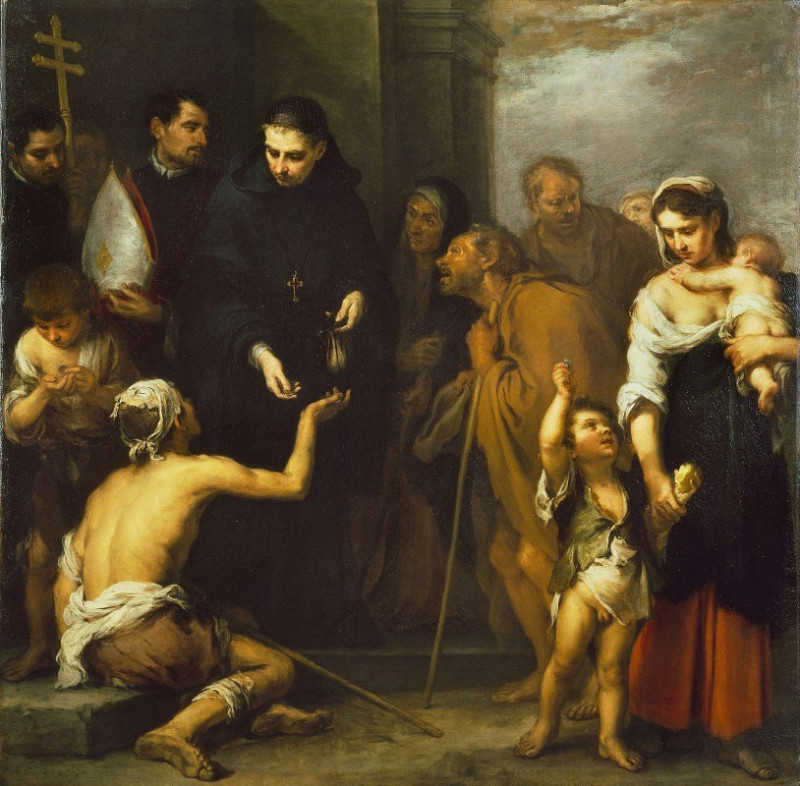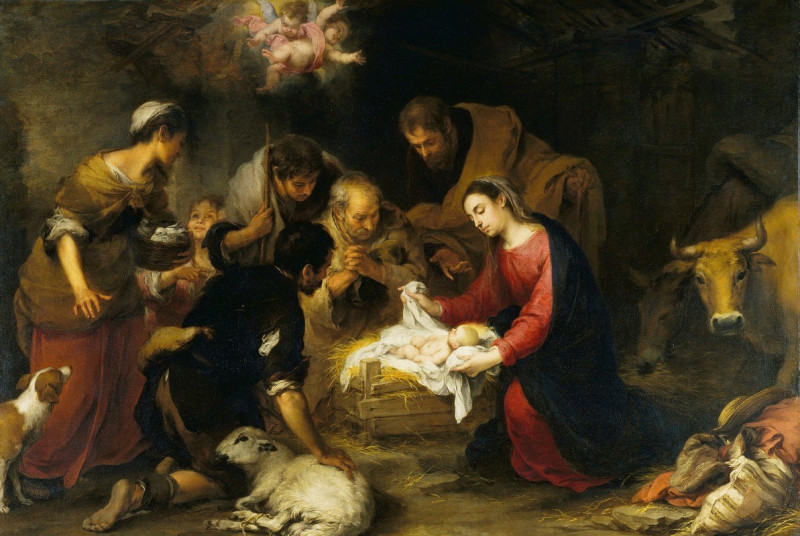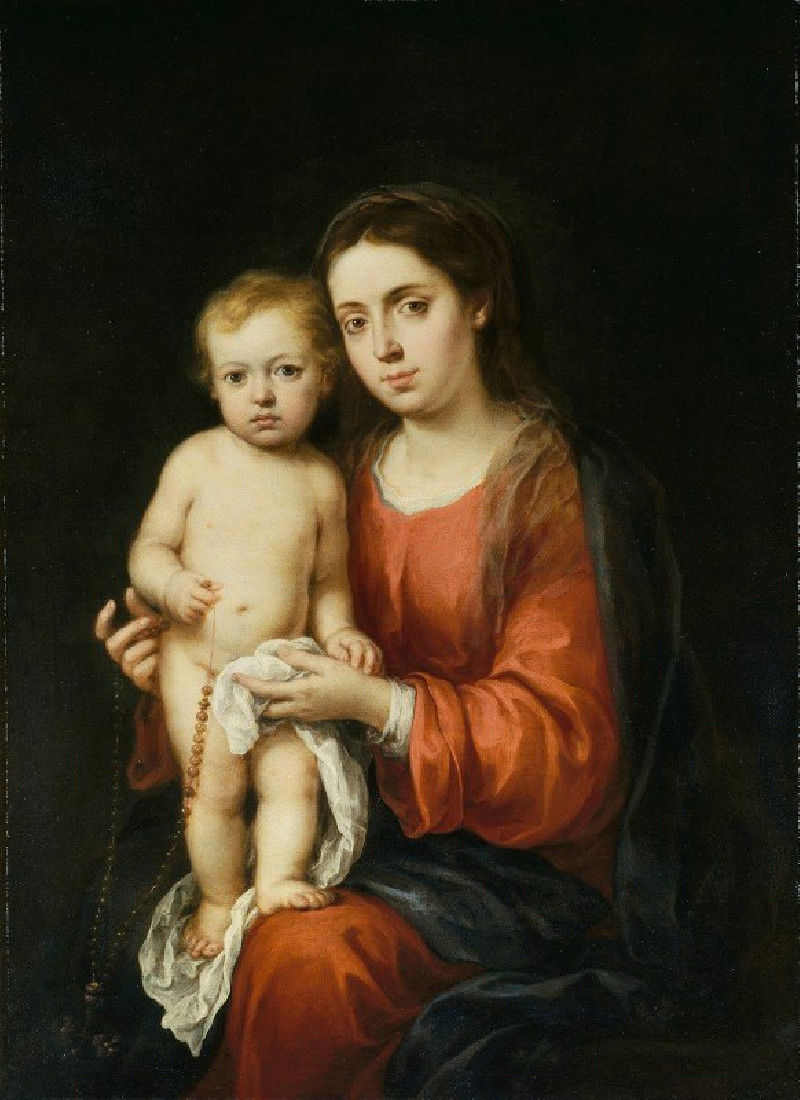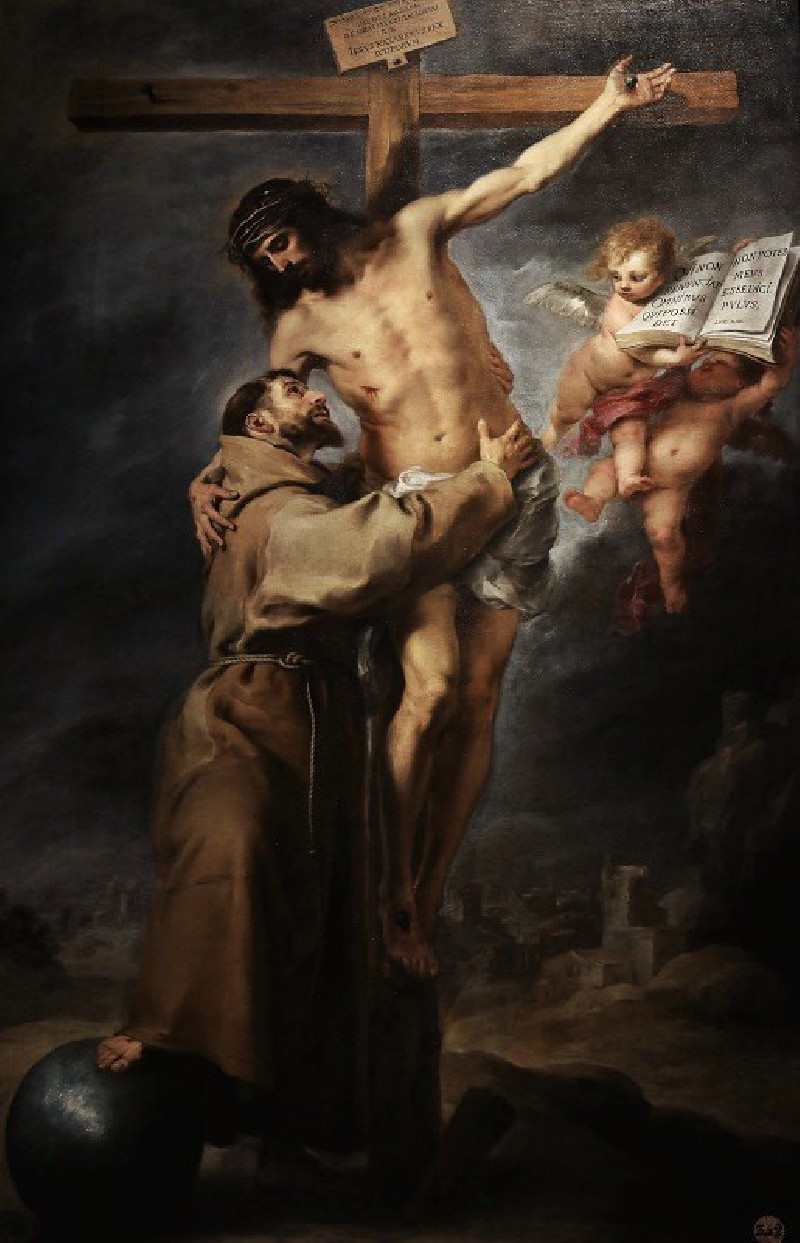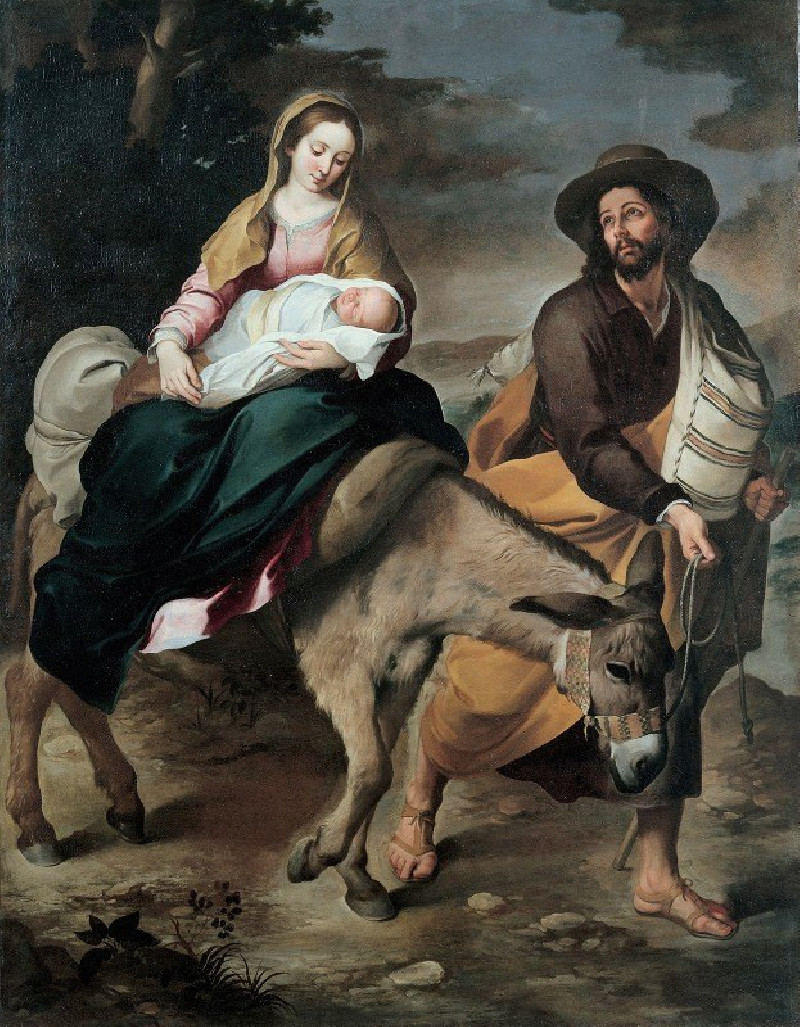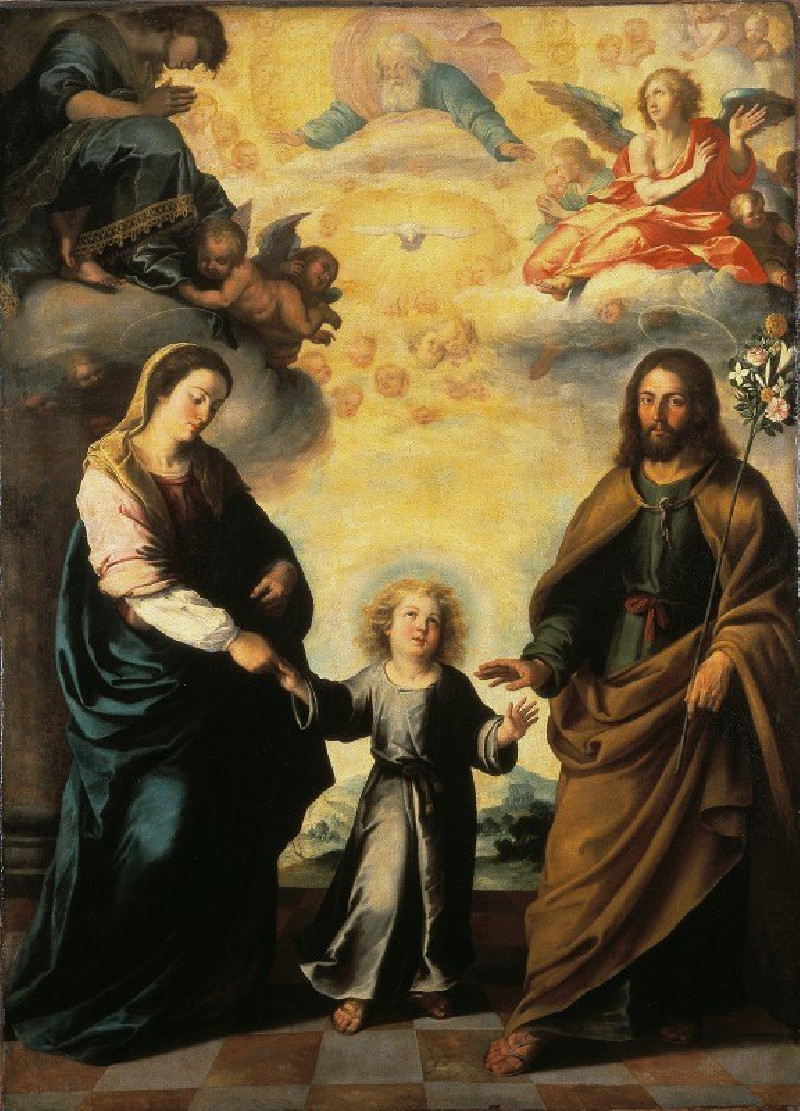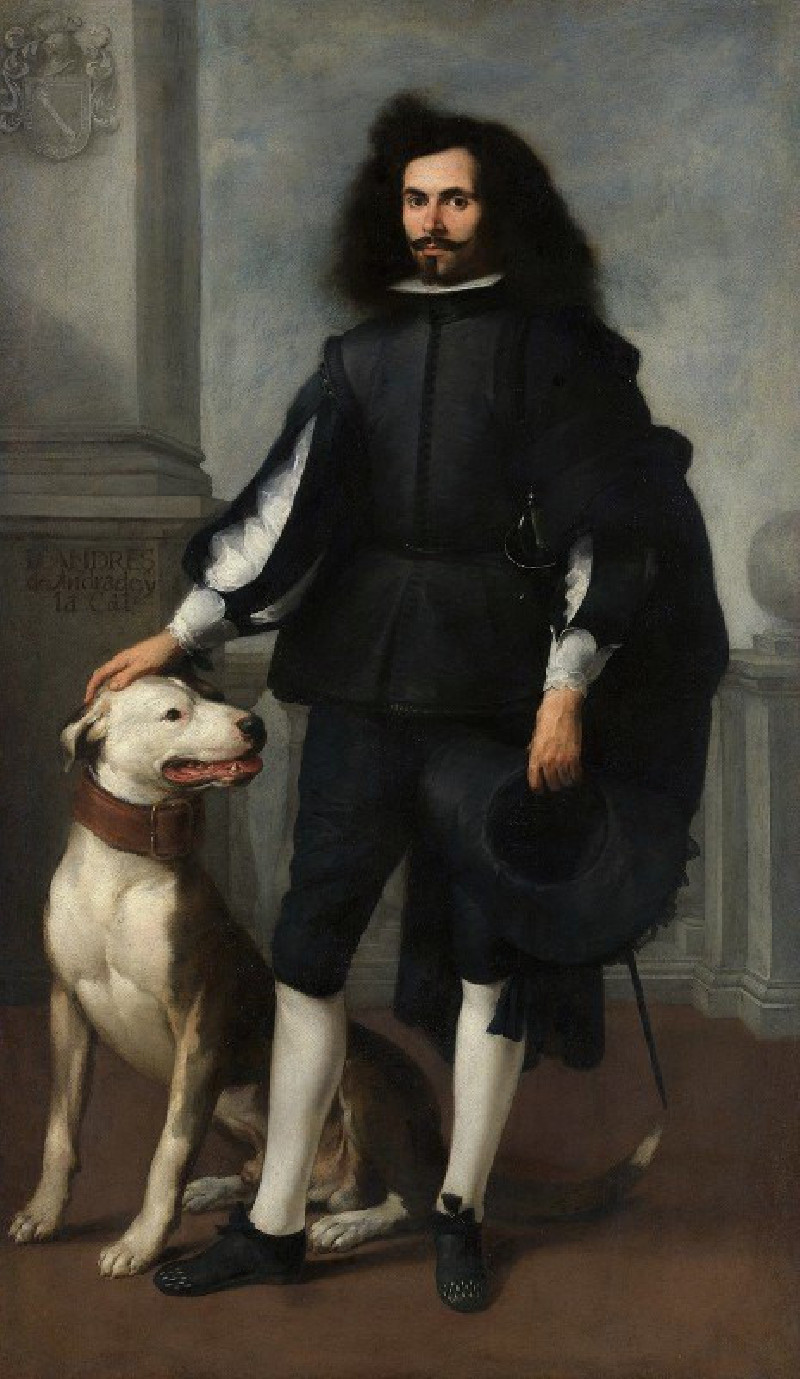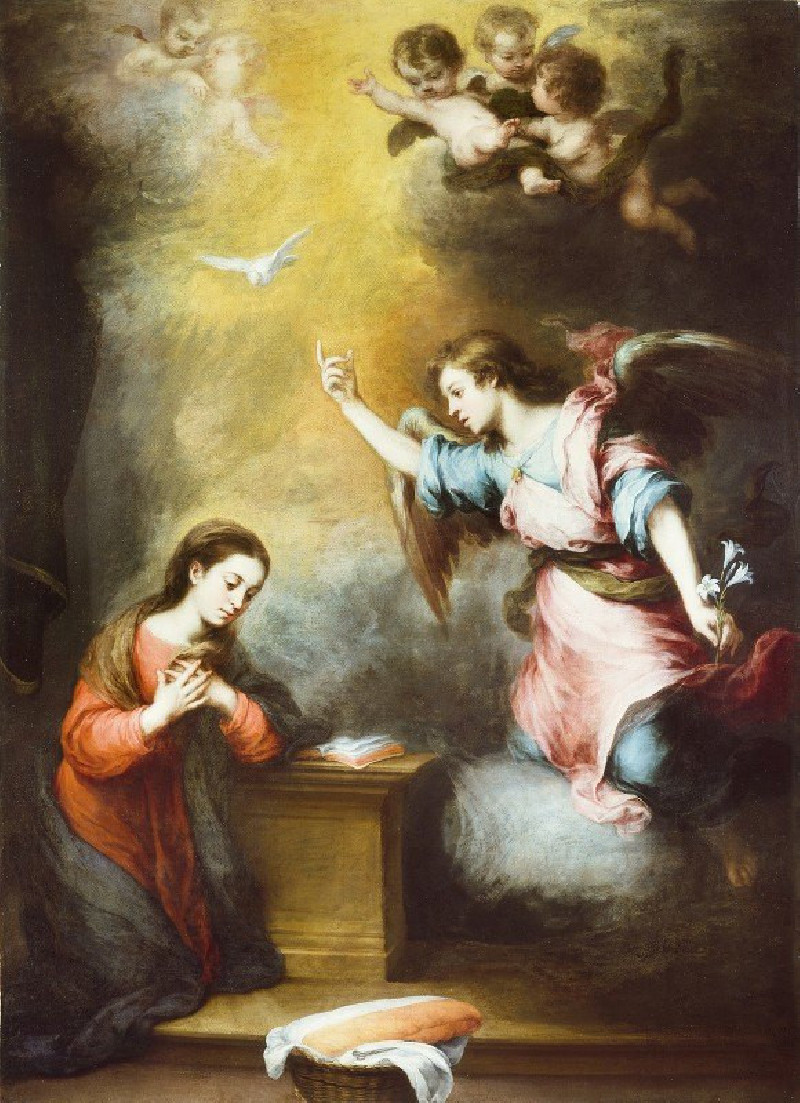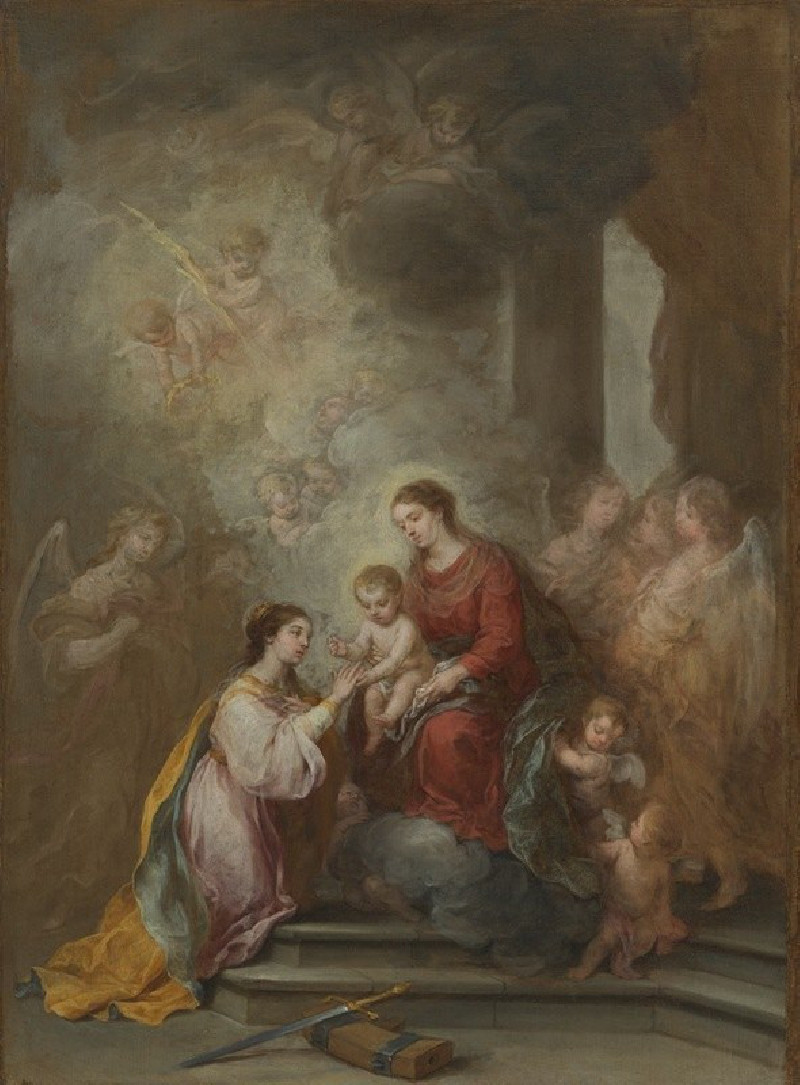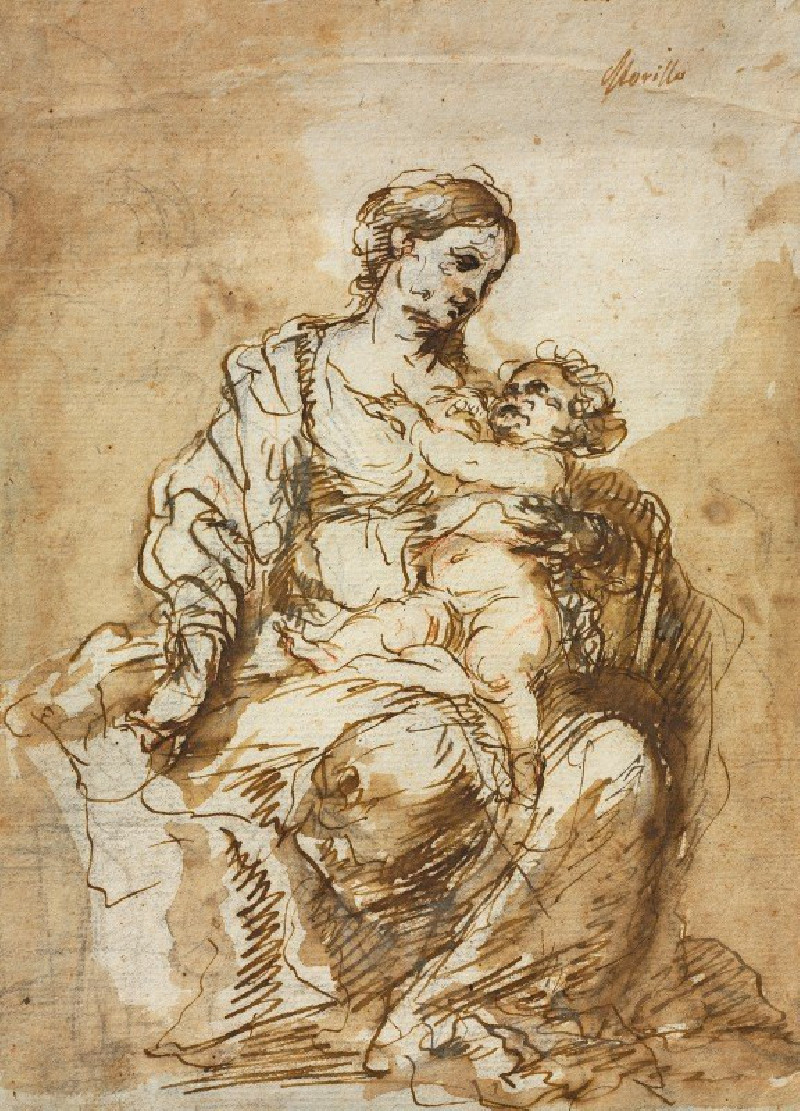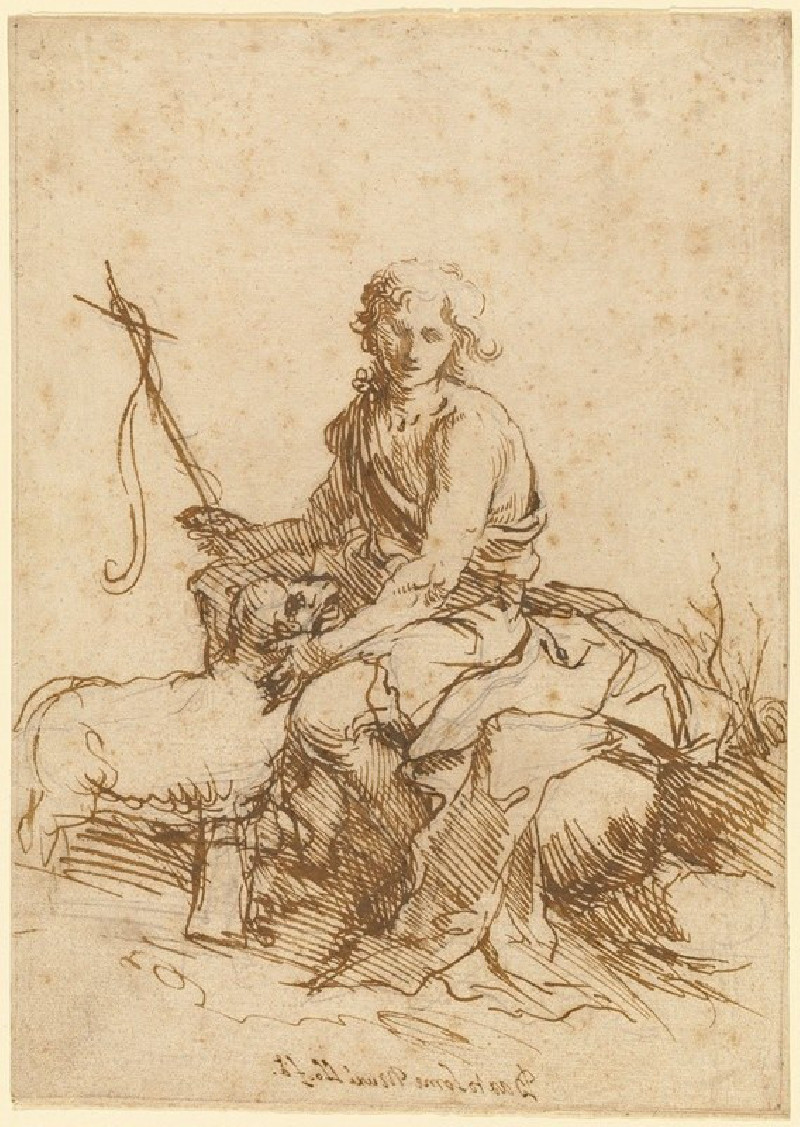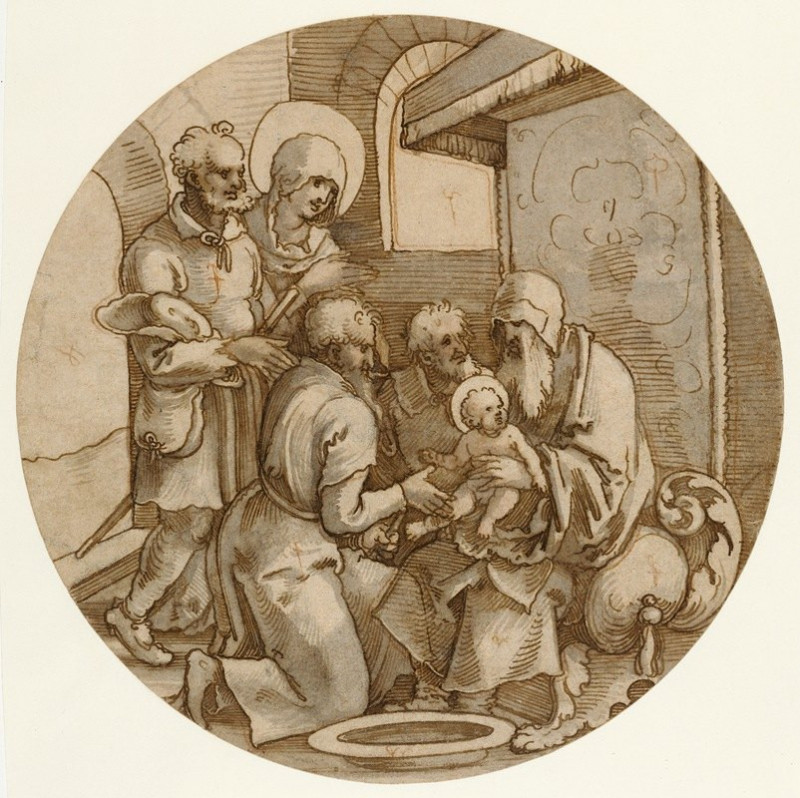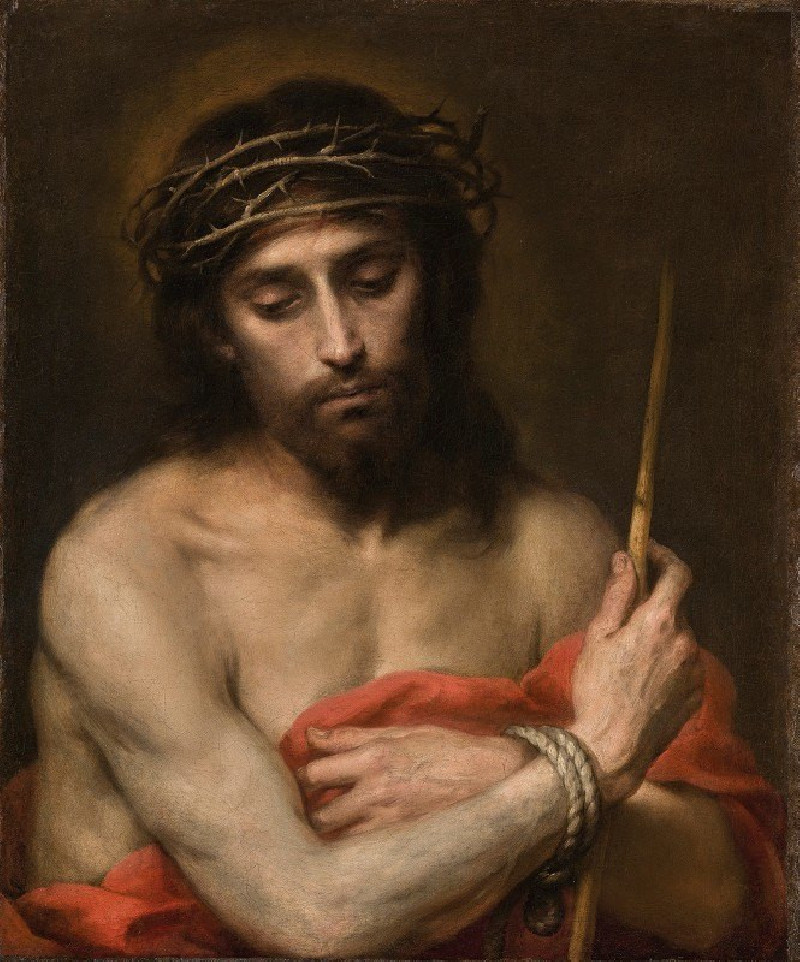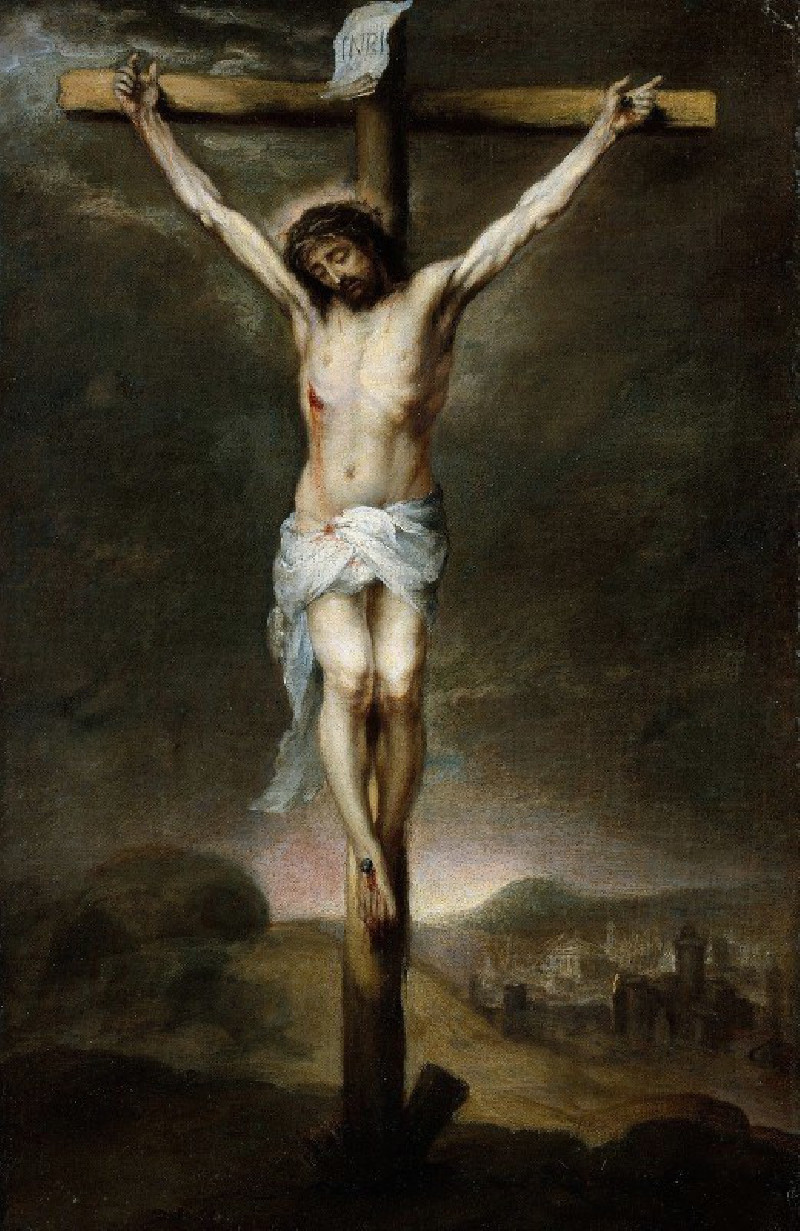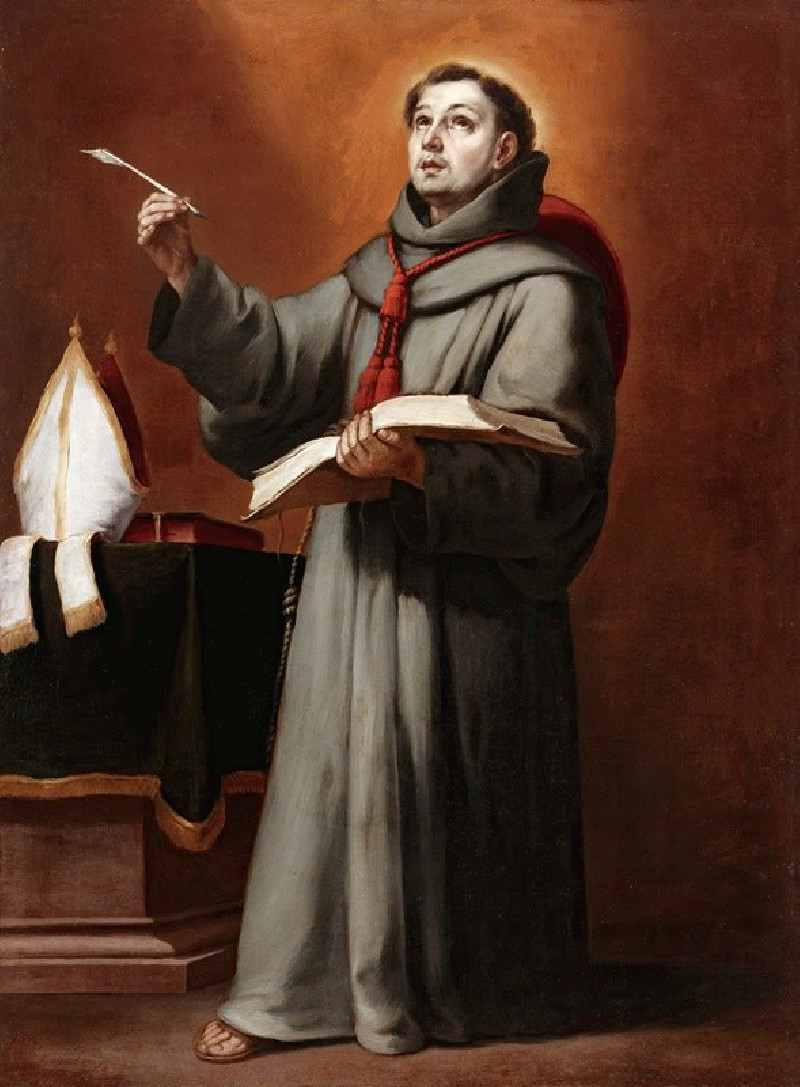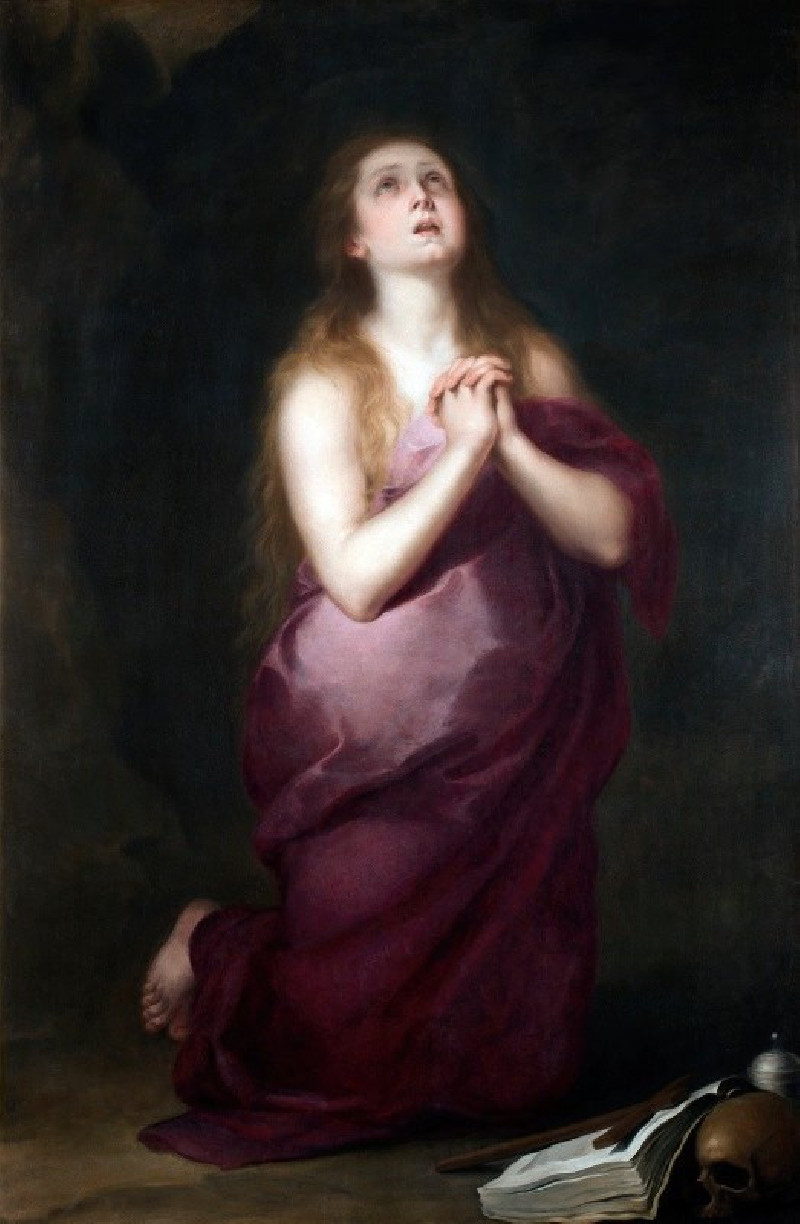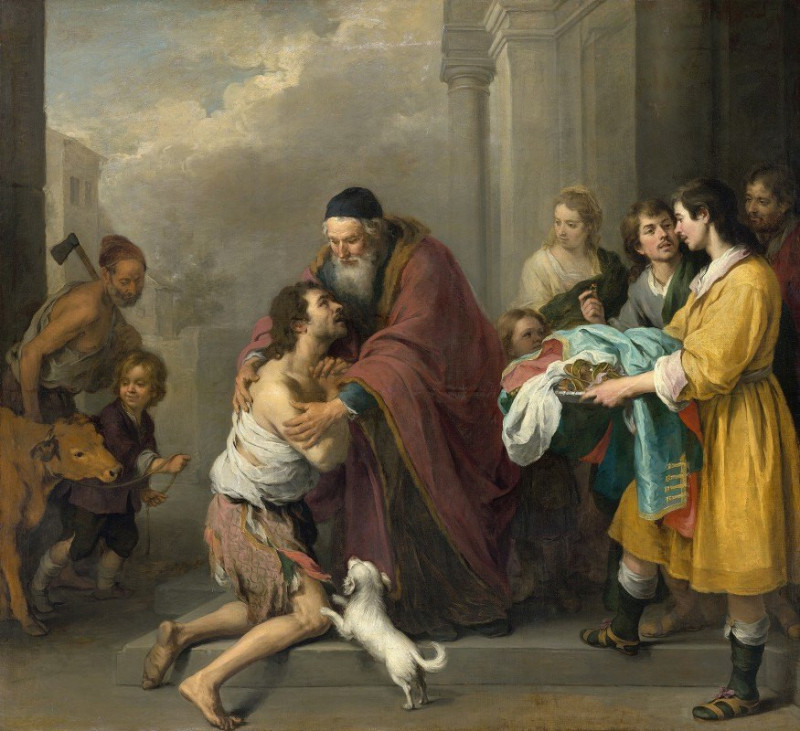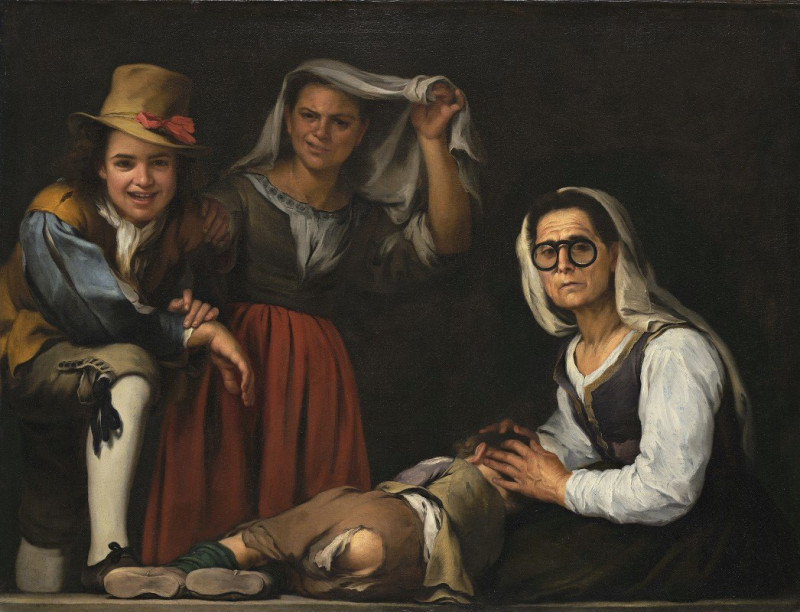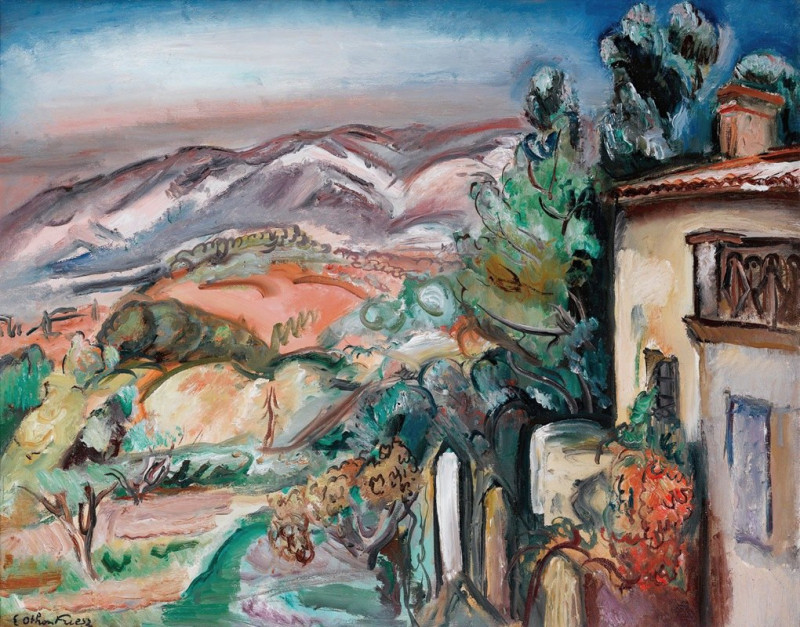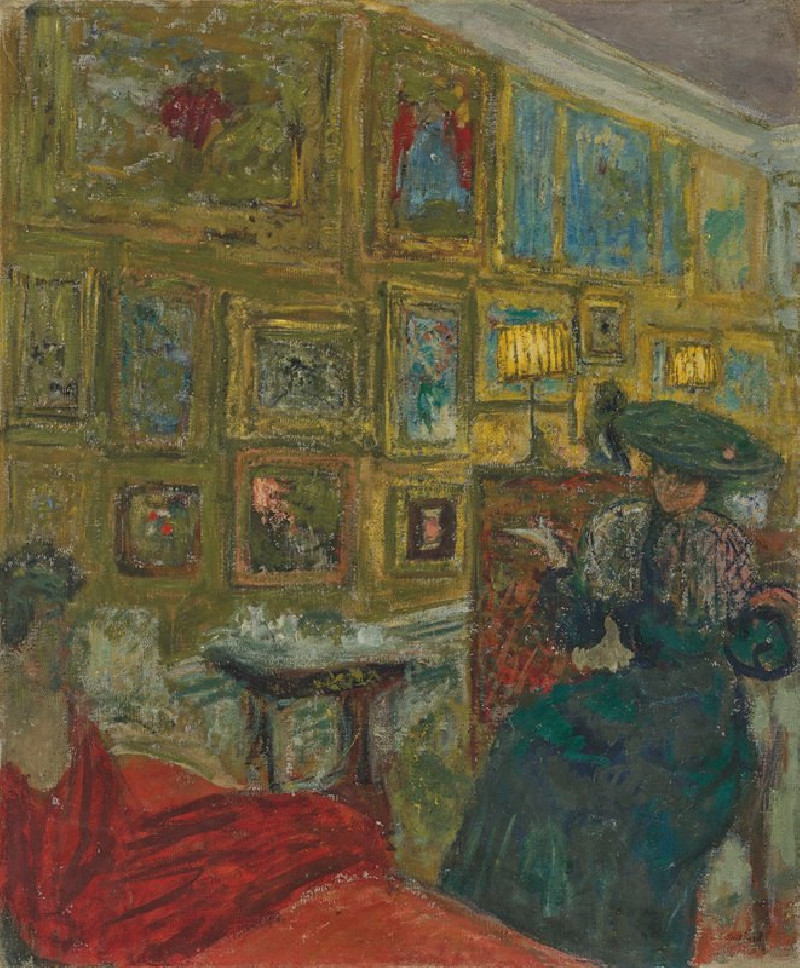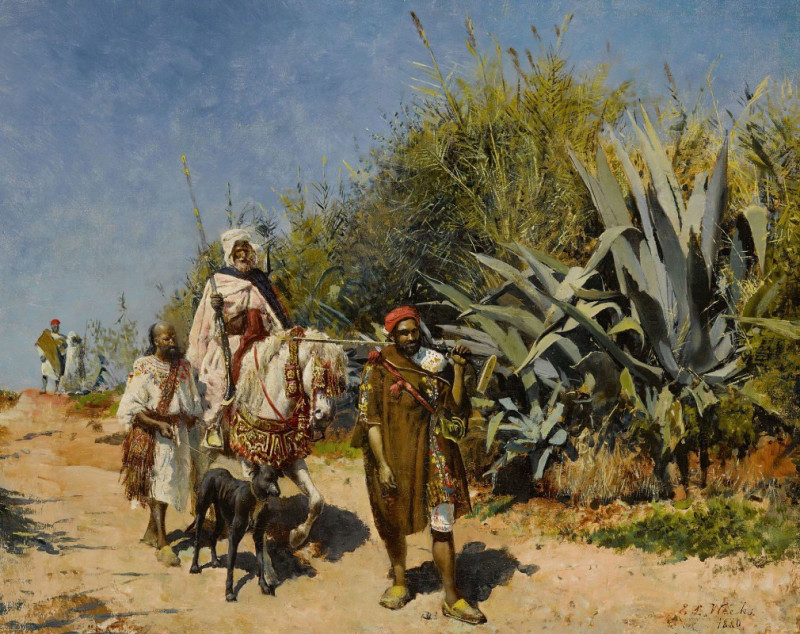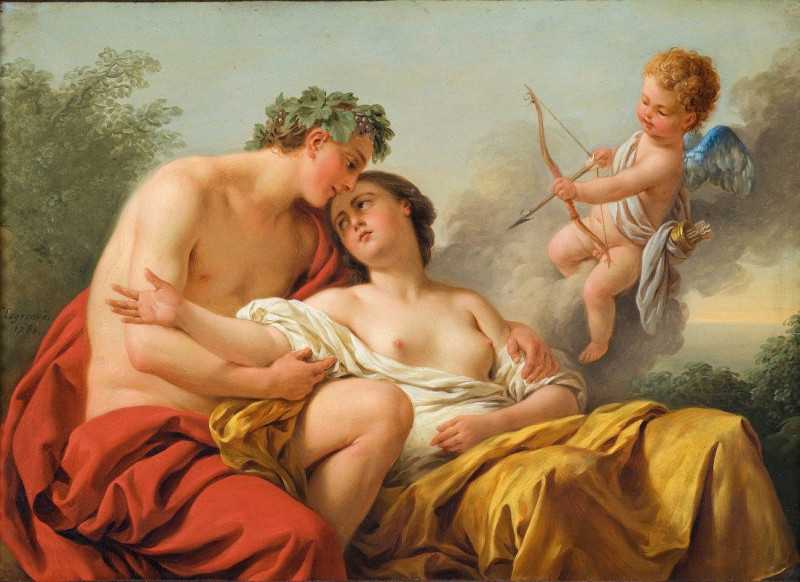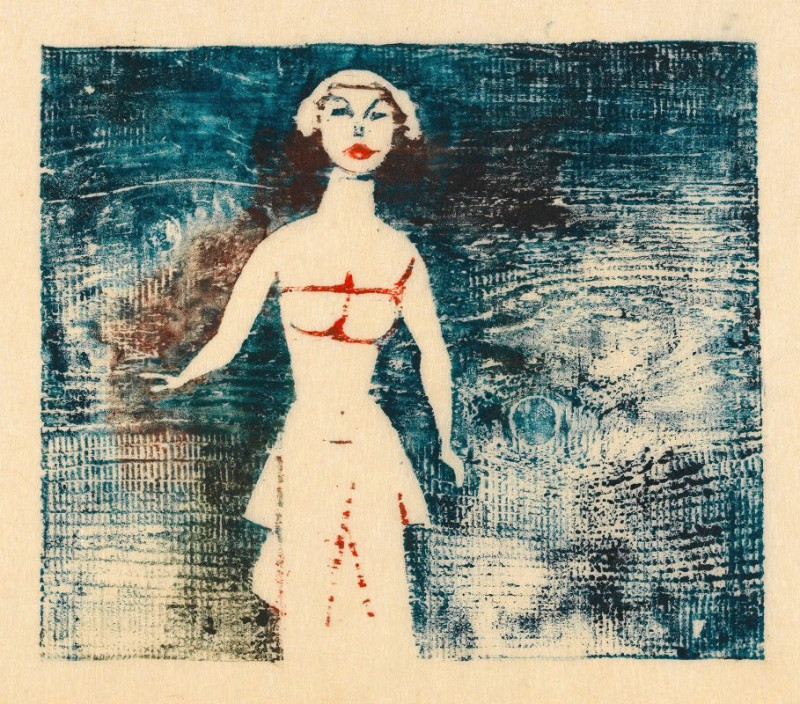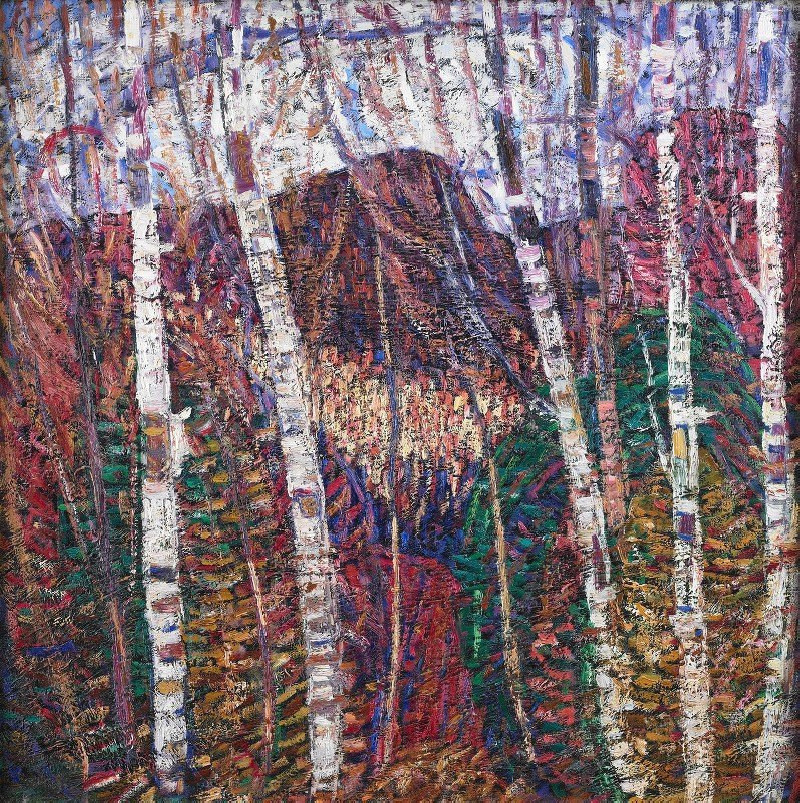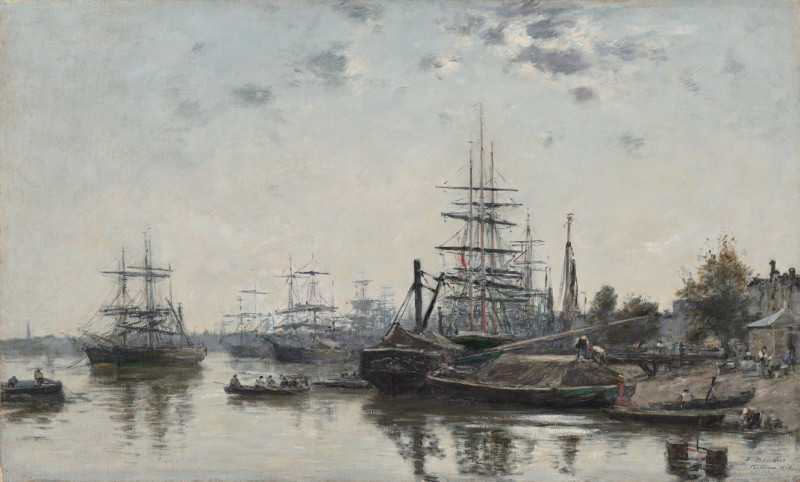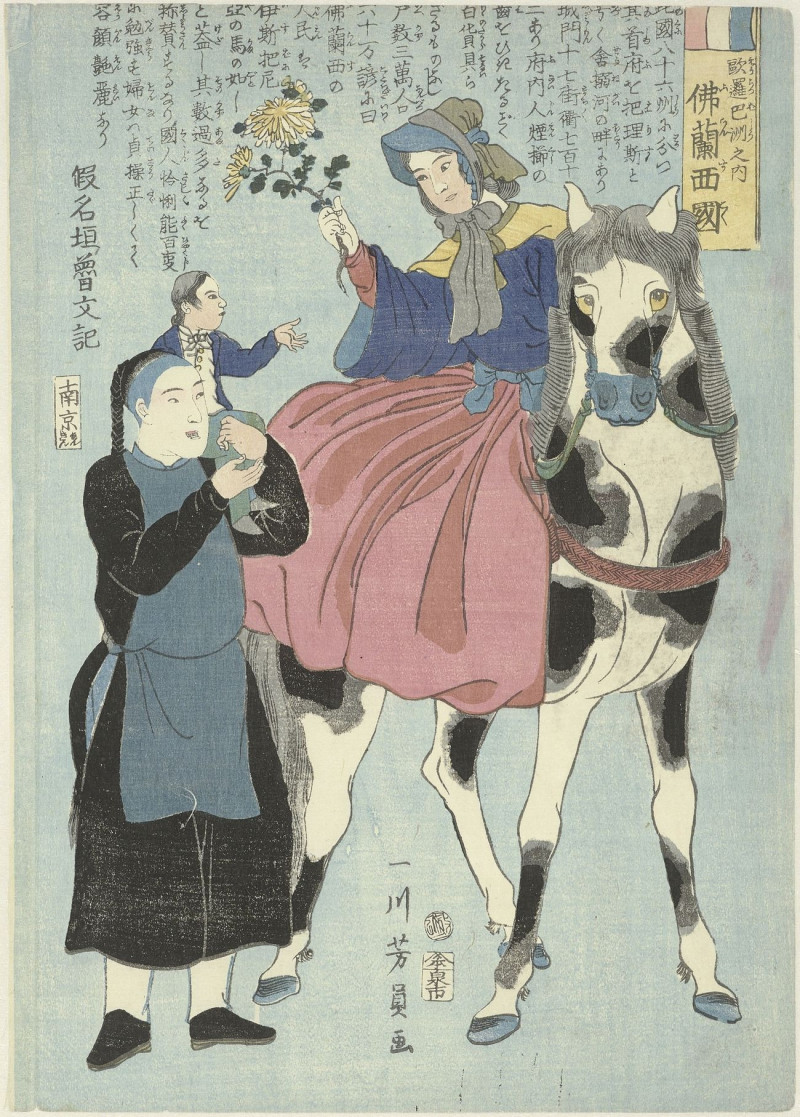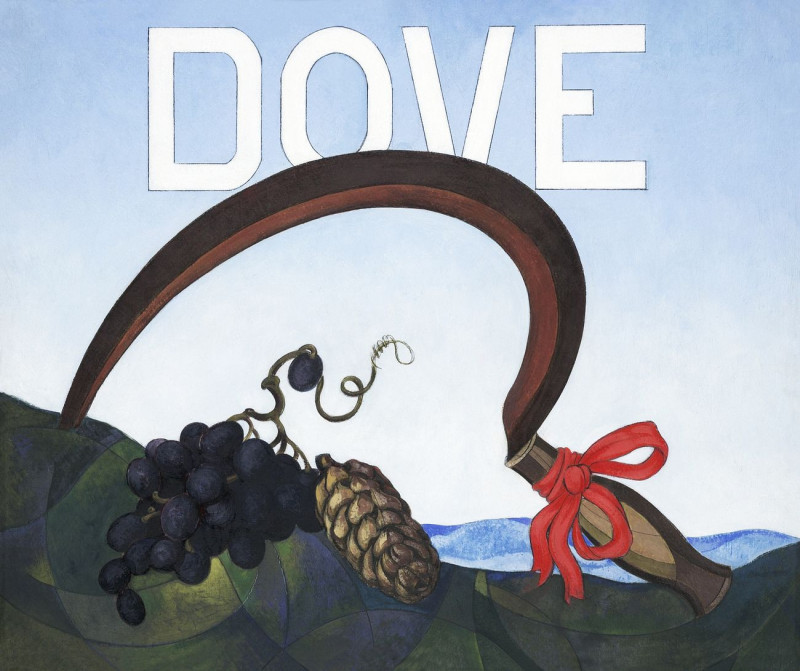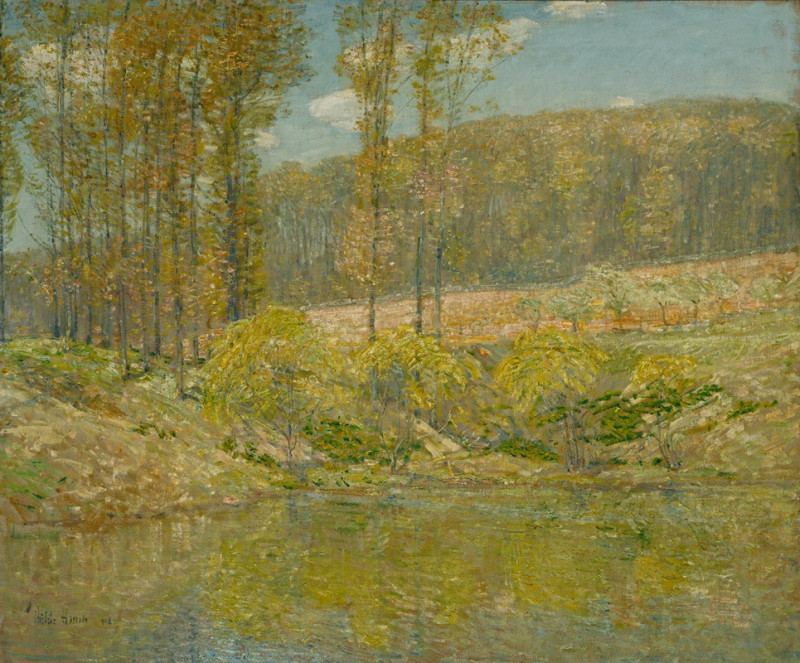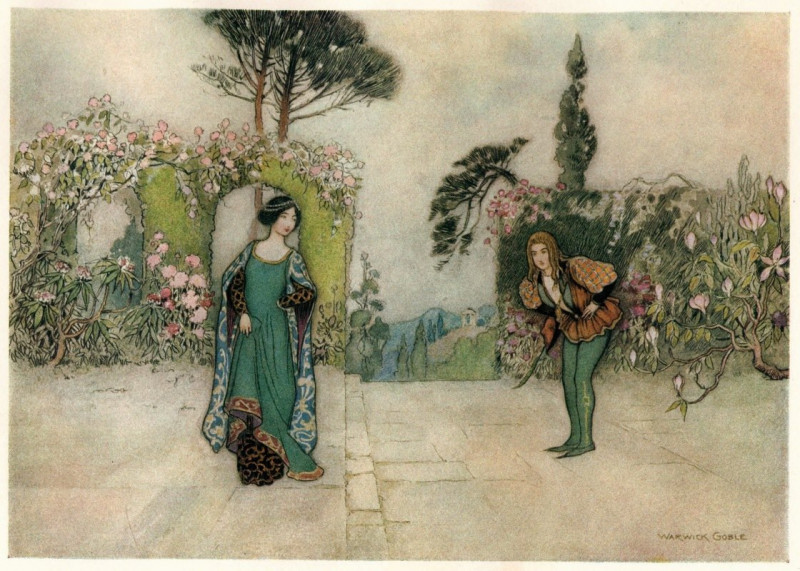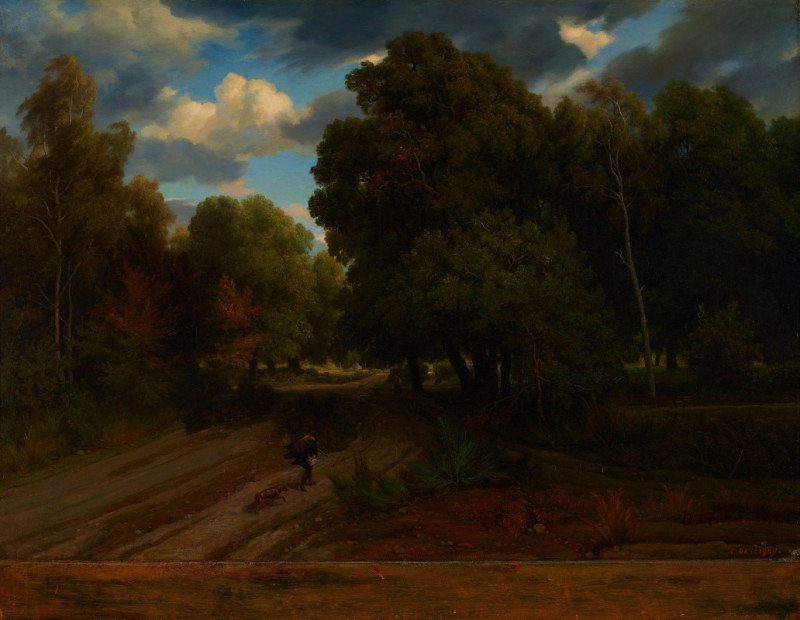The Charity of Saint Thomas of Villanueva (c. 1665-1670)
Technique: Giclée quality print
Recommended by our customers
More about this artwork
The painting "The Charity of Saint Thomas of Villanueva," crafted by the distinguished Spanish Baroque artist Bartolomé Esteban Murillo around 1665-1670, is a poignant depiction of compassion and benevolence. This artwork vividly portrays Saint Thomas of Villanueva, Bishop of Valencia, known for his extraordinary acts of charity.In the painting, Murillo masterfully captures a moment of tender mercy. Saint Thomas, dressed in the somber black habit of the Augustinian order and holding a cross, is depicted distributing alms to a group of the needy and infirm. His face, gently illuminated, reflects a profound sense of duty and kindness as he reaches out to a kneeling beggar. Surrounding the saint are various figures — the old, the sick, and children — each rendered with individual care and expression, highlighting their eagerness and desperation.The group on the right, including a woman carrying a child and a small girl reaching up with hope, adds to the scene’s emotional depth. The composition’s dramatic use of light emphasizes the central action, focusing on the saint's charitable act, while the darker, subdued tones in the background underscore the hardship faced by the figures.Murillo's skillful handling of both color and light not only enhances the narrative's emotional impact but also serves as a reflection of divine light shining through human acts of kindness.
Delivery
Returns
Bartolomé Esteban Murillo (December 1617, January 1, 1618 – April 3, 1682) was a Spanish Baroque painter. Although he is best known for his religious works, Murillo also produced a considerable number of paintings of contemporary women and children. These lively realistic portraits of flower girls, street urchins, and beggars constitute an extensive and appealing record of the everyday life of his times. He also painted two self-portraits, one in the Frick Collection portraying him in his 30s, and one in London's National Gallery portraying him about 20 years later. In 2017–18, the two museums held an exhibition of them.

